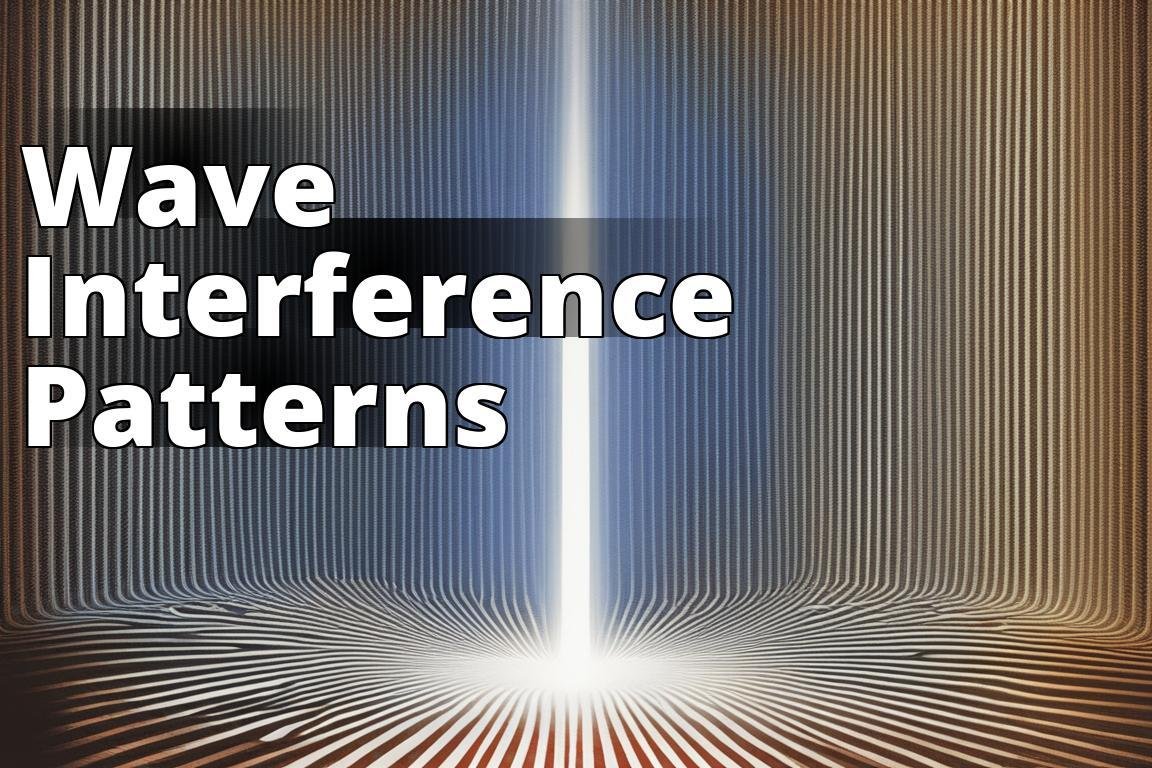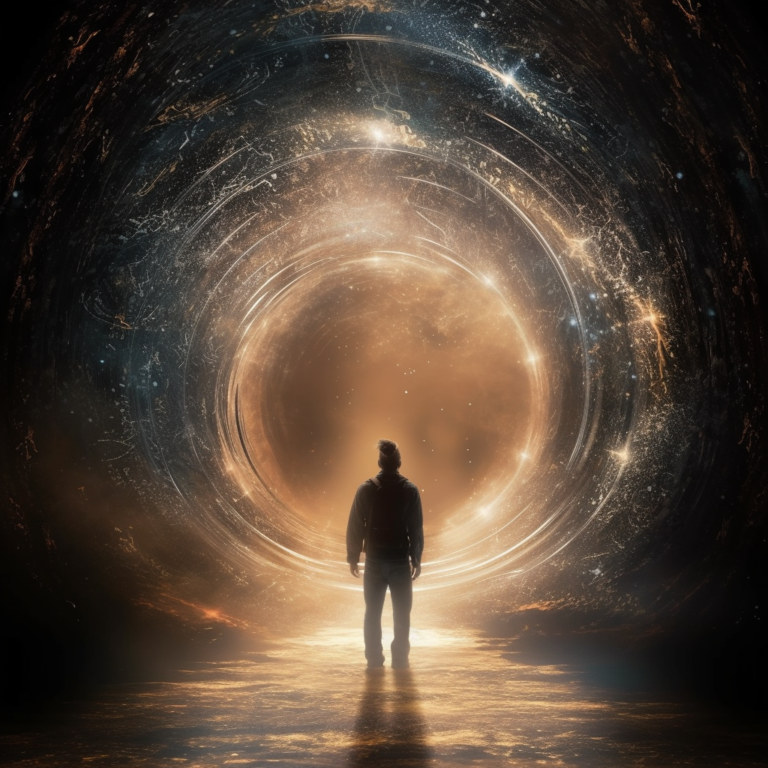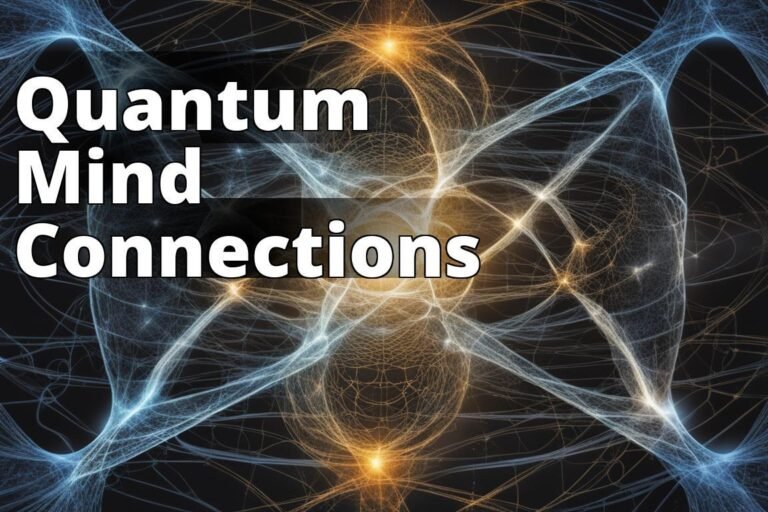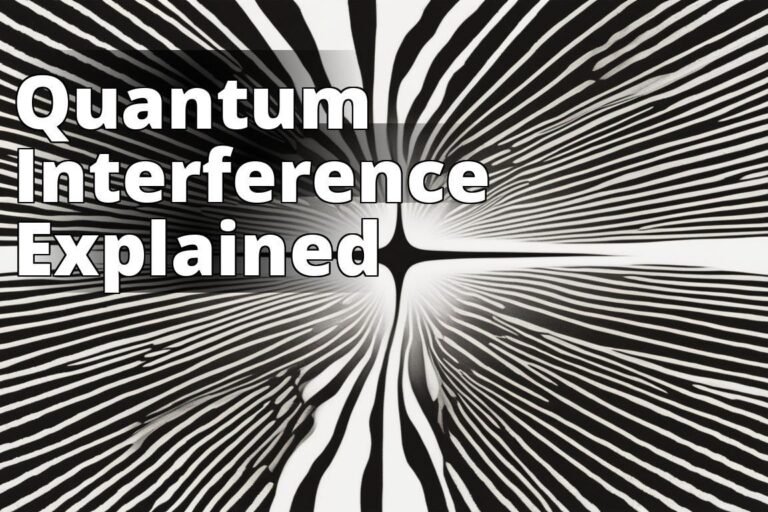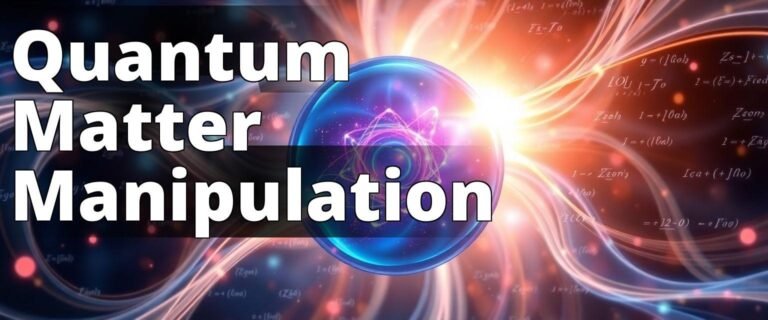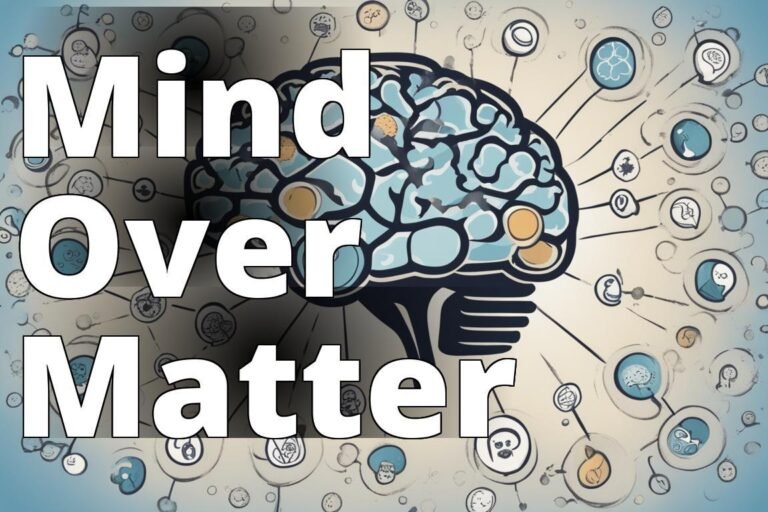The Double-Slit Experiment
Ever wondered about the mysteries that govern how everything in our universe works? One experiment, in particular, has the power to make you rethink the nature of reality itself. Its called the Double-Slit Experiment, and it’s a cornerstone in the world of physics, particularly when we talk about the physics of the supernatural. This experiment is not just a classroom demonstration; it’s a window into the fundamental nature of the universe. Let’s dive into a simple, yet profound explanation of what this experiment is and why it has baffled scientists and enthusiasts alike for decades.
Learn about the Double-Slit Experiment
- Understand the basic concept of the Double-Slit Experiment.
- Discover a simple explanation of the experiment.
- Explore a more technical explanation of the experiment.
The Double-Slit Experiment
At its core, the Double-Slit Experiment is a beautifully simple demonstration of a complex phenomenon known as wave-particle duality. This concept suggests that particles, like electrons or photons (particles of light), can exhibit both wave-like and particle-like properties. The experiment shows that when we’re not looking, these particles behave like waves, but when we observe them, they act like particles. This might sound like a plot from a science fiction novel, but it’s real, and it fundamentally challenges our understanding of the universe.
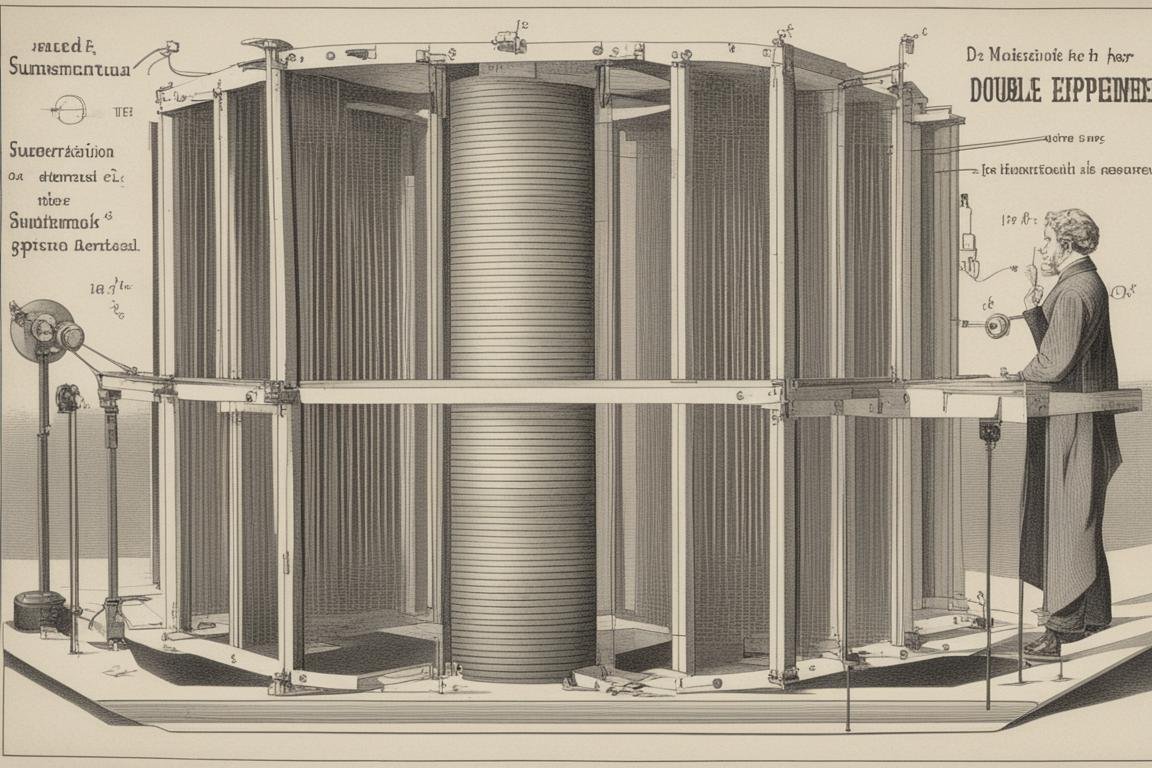
Imagine you have a light source that emits particles one at a time through two slits onto a screen. If particles were only particles, you’d expect to see two distinct lines on the screen, right? However, what scientists observed was an interference pattern, a series of light and dark bands typical for waves interacting with each other. This pattern only makes sense if each particle goes through both slits at the same time, like a wave. But heres the kicker: when scientists placed detectors to observe which slit a particle goes through, the interference pattern disappeared, and they saw the two distinct lines they initially expected. The mere act of observing changed the outcome!
The Double-Slit Experiment: A Simple Explanation
To break it down, think of it like this: you’re throwing pebbles into a pond through two openings in a barrier. If pebbles were purely particles, you’d see two clusters of ripples, each originating from the openings. But instead, you see an intricate pattern of waves overlapping and creating a series of peaks and troughs. That’s similar to what happens in the Double-Slit Experiment with particles. But the truly mind-boggling part is when you decide to watch the pebbles go through the openings. Suddenly, the water behaves as if you threw the pebbles directly into two distinct spots, without creating the complex wave pattern. It’s as though the water “knows” you’re watching and changes its behavior.
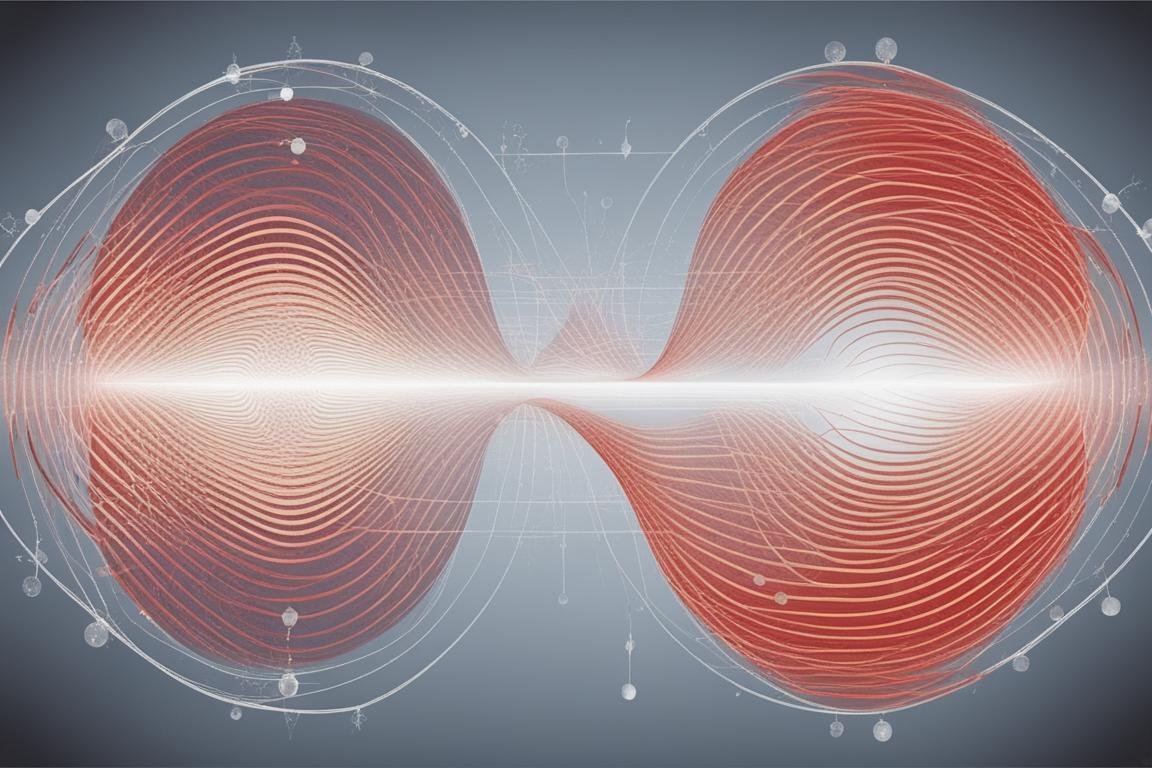
This experiment doesn’t just show us that particles can act like waves; it also suggests that the act of measuring, or observing, has a direct effect on the outcome. It’s a concept that seems to belong more to the realm of magic than to the field of physics. Yet, it’s one of the most rigorously tested phenomena in science.
The Double-Slit Experiment: A More Technical Explanation
For those who are craving a bit more detail, let’s delve a little deeper. The interference pattern seen in the Double-Slit Experiment is a hallmark of wave behavior. It arises because parts of the wave that go through one slit can interact with parts that go through the other. When two wave crests meet, they create a bright line (constructive interference), and when a crest meets a trough, they cancel each other out, creating a dark line (destructive interference).
When you set up detectors to observe which slit a particle goes through, you’re essentially forcing it to “choose” a slit, behaving like a particle. This act of observation collapses the wave function, a mathematical description of the wave-like state, into a single, definite state. The particle then travels through one slit or the other, not both, and the interference pattern disappears.
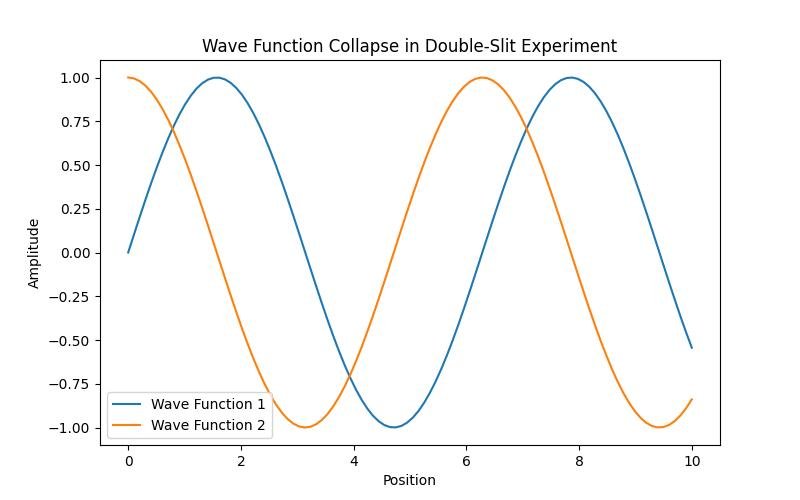
This experiment and its implications are at the heart of quantum mechanics, a branch of physics that studies the tiniest particles in the universe. It challenges the classical view of reality and suggests that, at a fundamental level, the universe is not deterministic, but probabilistic. This means that until an observation is made, particles exist in a state of potential, able to be in multiple places or states at once.
In conclusion, the Double-Slit Experiment is a portal into the strange and counterintuitive world of quantum mechanics. It’s a testament to the fact that reality, especially at the microscopic level, is far more mysterious and fascinating than we could have ever imagined. This experiment forces us to ask profound questions about the nature of reality, observation, and the universe itself. It’s a perfect example of how the pursuit of understanding the fundamental principles of the universe can lead us to discover the truly supernatural elements embedded within the fabric of reality.
Frequently Asked Questions
Q. Who conducted the “Slit” experiment in Physics?
A. The “Slit” experiment was conducted by physicist Thomas Young.
Q. What is the significance of the “Slit” experiment in Physics?
A. The experiment demonstrated the wave-particle duality of light.
Q. How does the “Slit” experiment relate to Physics of the Supernatural?
A. It highlights the mysterious and unexplained nature of quantum mechanics.
Q. What objections are there to the findings of the “Slit” experiment?
A. Some may argue that the results defy common sense and classical physics.
Q. Who can benefit from learning about the “Slit” experiment in Physics?
A. Students and researchers interested in the intersection of physics and the supernatural.
Q. How can one apply the principles of the “Slit” experiment in Physics of the Supernatural?
A. By exploring the connection between quantum phenomena and paranormal experiences.

